In the digital age, with just a few taps on the screen, you can find a new shirt, fast fashion has also become a familiar shopping habit of many young people. The appeal of fast fashion lies in its convenience, low price and ability to constantly update trends. Consumers can easily satisfy their immediate desire to change or refresh their appearance without worrying too much about the cost.
However, behind cheap clothes is a short life cycle and a significant environmental impact. Ms. Nguyen Phuong Thao (23 years old) shared: "I often order shirts online because they are cheap and beautiful, but after wearing them a few times, the shirts stretch and the prints peel off, so I'm afraid to wear them outside." Cheap, low-quality items make consumers quickly bored and easily throw them away. When thrown away, they become part of the amount of fashion waste that is generated every day, causing environmental pollution.
To prevent clothes from going to waste, circular fashion projects have been born, aiming to give old items a new life. Urban Circular Space (UCS) is such a project. “We want to create a space where people can exchange, give, donate or renew fashion items that they no longer use,” said Ms. Hoang Mai Trang, manager of UCS in Hanoi .
 |
UCS's recycling booth at the Green Living Smart Living event. Photo: NVCC |
Many items are only used once, usually to “show off” on a special occasion and then forgotten in the closet. Many people are afraid to wear old clothes because they are afraid of duplication or want to find a new feeling in fashion style. Instead of letting clothes become leftovers, exchanging or giving them back gives them the opportunity to be used again, and at the same time, users can freely renew their style from other items without having to spend more money on shopping. In spaces like UCS, clothes are given and received, sometimes with just a little editing or coordination, they become different from the original appearance.
Ms. Hoang Mai Trang shared: “We cooperate with some recycling companies, such as jeans recycling. UCS will collect and provide raw materials, then when they complete new products, they will send them back for us to display, sell or exchange at the store.” These collaborative models open up a positive direction for circular fashion, helping to extend the life cycle of clothes and encourage more sustainable consumption.
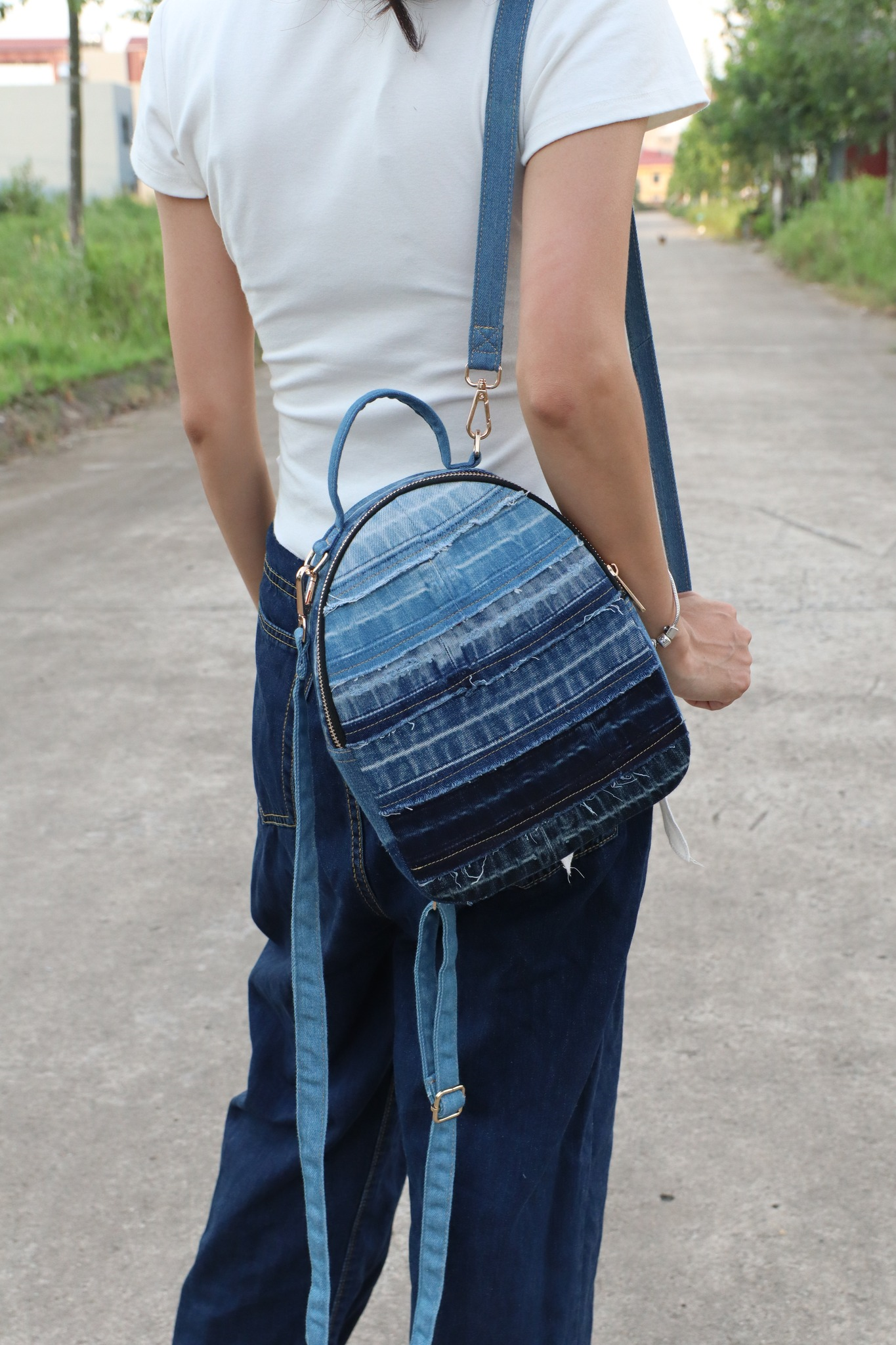 |
| A cute backpack made from old jeans. Photo: Meo Tom Handmade |
In recent years, the trend of fashion recycling has attracted many young people, from creating new lives for old items themselves, to stores specializing in selling products from recycled materials. The most popular is probably jeans with the advantage of durability and ease of creativity for many different products, such as: Backpacks, handbags of all kinds, toys, decorative accessories... Many circular fashion stores organize events such as talks on sustainable fashion, fairs, or clothing exchange programs to encourage people to reuse clothes. In workshops, participants can also unleash their creativity and learn how to use scraps of fabric to recycle into new products. When participating in these activities, customers are not only consumers but also become companions, promoting the circular fashion trend and spreading awareness of sustainable consumption.
In groups sharing ideas for recycling old clothes, many members responded to the activities of renewing clothes, actively sharing experiences and practical instructions to help improve the efficiency of using old materials and create new, unique products. From a pair of jeans that seemed to be discarded, they cut and sewed it into a new bag; small scraps in the process of making bags were also used to make accessories, sewn into decorative details.
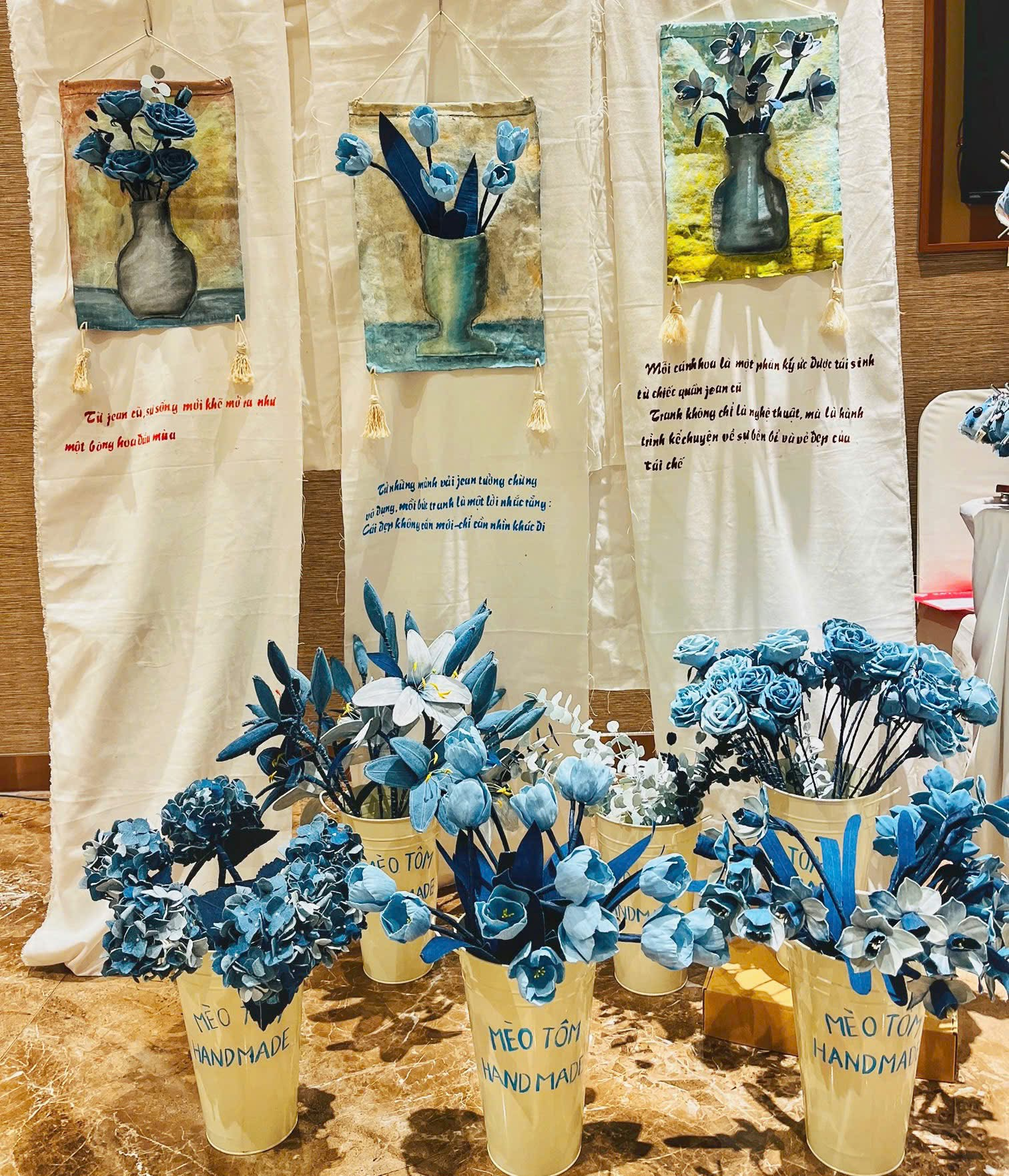 |
| Old fashion is also transformed into artistic products. Photo: Meo Tom Handmade |
Although recycled fashion has received attention from major fashion brands around the world , according to statistics, out of hundreds of billions of clothes produced globally each year, only 1% are recycled. Not all of them are reused as new fashion items, but can be used as raw materials for other industrial production cycles. Moreover, not all products are produced to be recyclable.
According to a recent study by Master Dang Thi Hong Van, University of Commerce, there are many challenges facing reusable fashion in our country's market, such as: There is no system of policies and incentives as well as difficulty in controlling product quality. Besides, there is no collection, classification and production process; limited supply; investment costs are still quite high, consumer awareness of recycled fashion is not yet open...
Therefore, although the circular fashion trend is not yet completely mainstream, it is gradually raising awareness of sustainable consumption and inspiring the choice of environmentally responsible fashion products.
WISDOM
Source: https://www.qdnd.vn/van-hoa/doi-song/quan-ao-cu-loi-song-moi-865202


![[Photo] Parade to celebrate the 50th anniversary of Laos' National Day](/_next/image?url=https%3A%2F%2Fvphoto.vietnam.vn%2Fthumb%2F1200x675%2Fvietnam%2Fresource%2FIMAGE%2F2025%2F12%2F02%2F1764691918289_ndo_br_0-jpg.webp&w=3840&q=75)





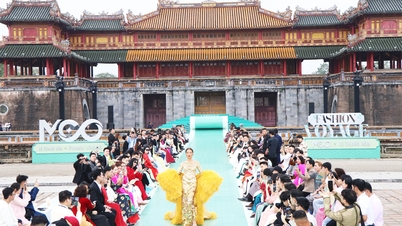

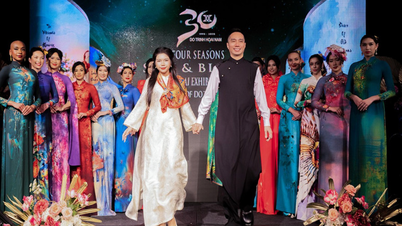

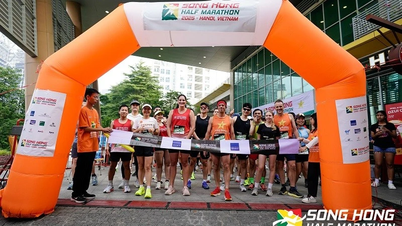










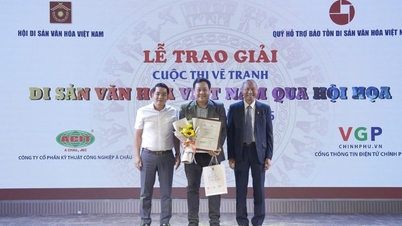

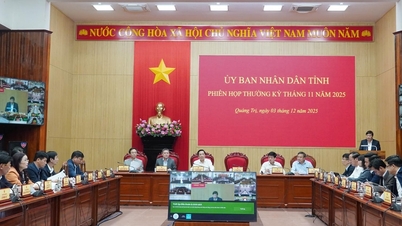






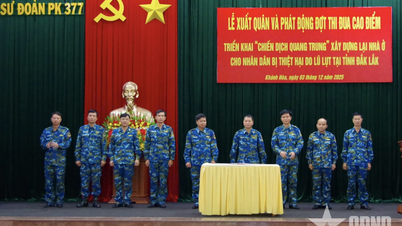

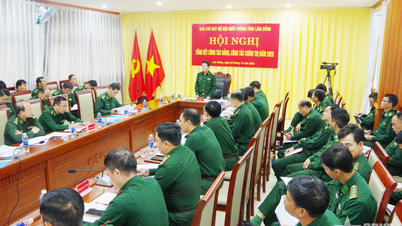
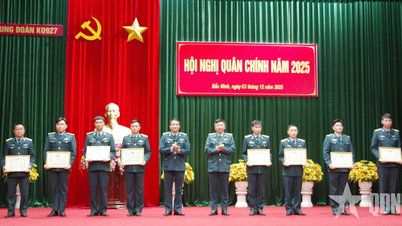

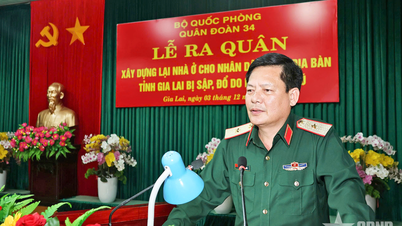
![[Photo] Worshiping the Tuyet Son statue - a nearly 400-year-old treasure at Keo Pagoda](/_next/image?url=https%3A%2F%2Fvphoto.vietnam.vn%2Fthumb%2F1200x675%2Fvietnam%2Fresource%2FIMAGE%2F2025%2F12%2F02%2F1764679323086_ndo_br_tempimageomw0hi-4884-jpg.webp&w=3840&q=75)
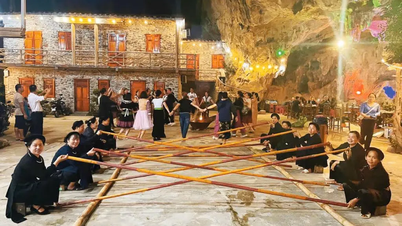



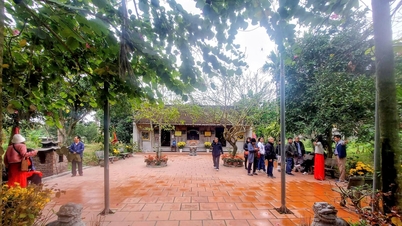





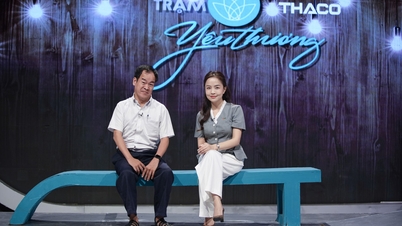


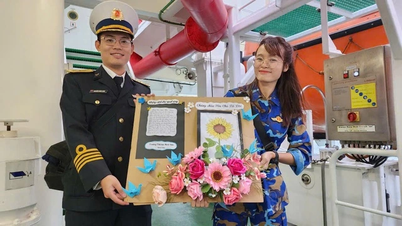




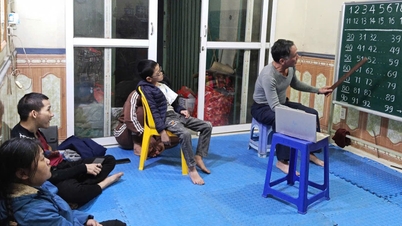






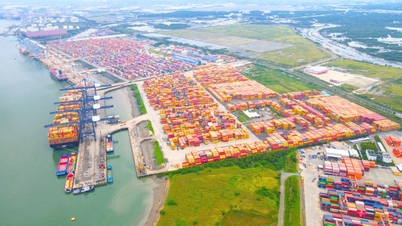























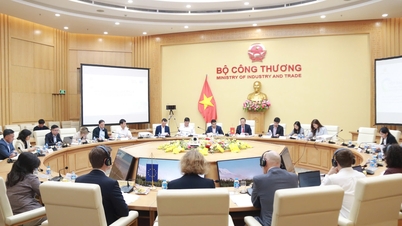
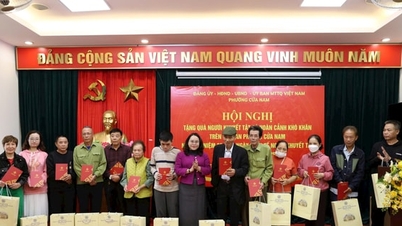






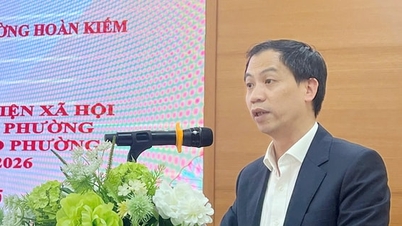
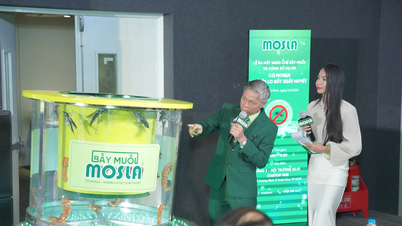










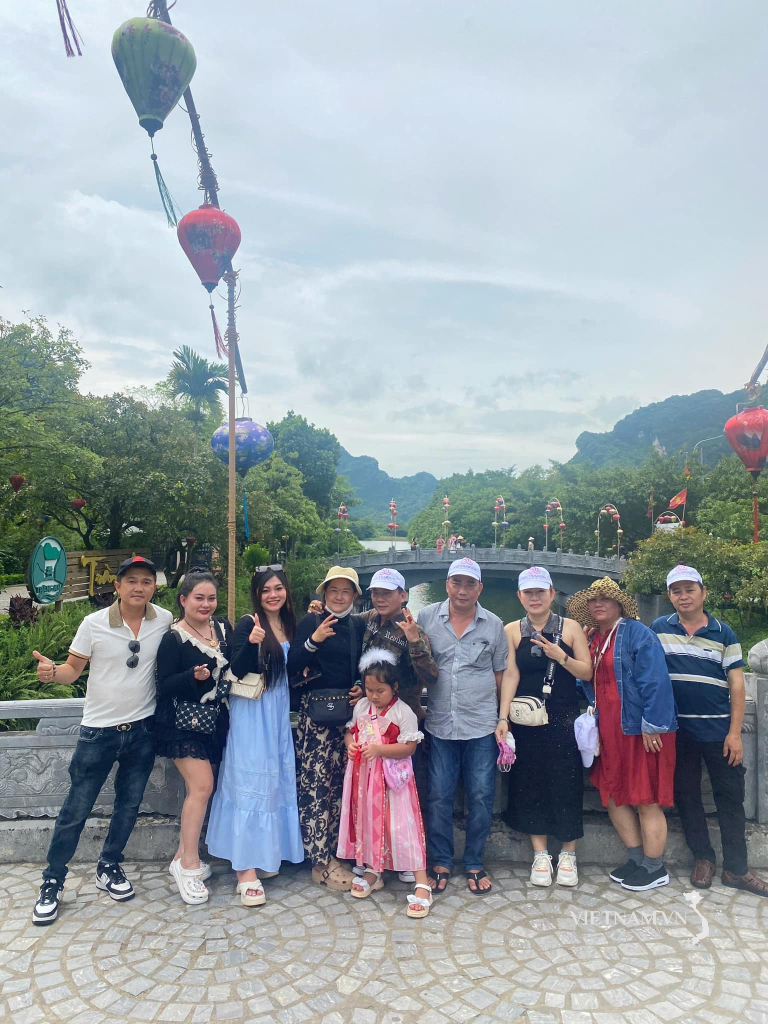



Comment (0)